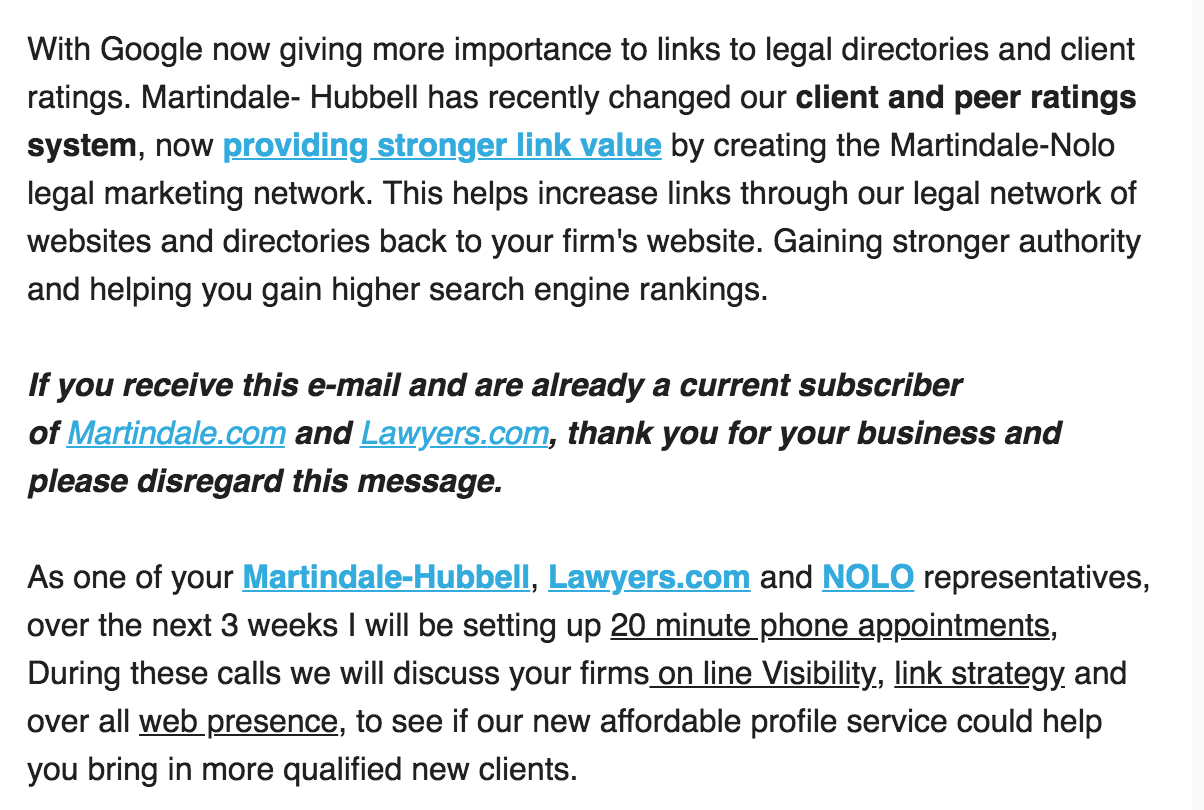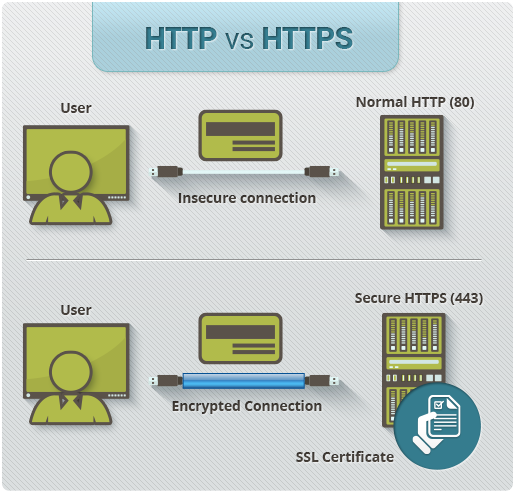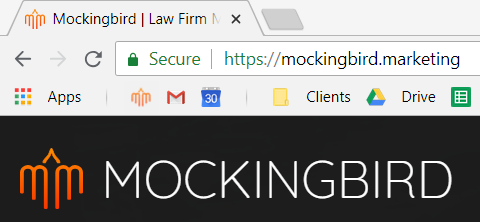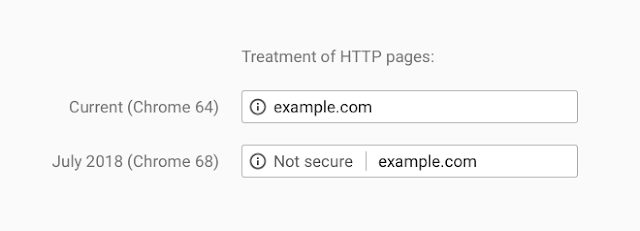NAP is your firm’s name, address, and phone number.
In terms of Search Engine Optimization, it is very important that your business’s presence be consistent across the internet. This means that your firm should be listed with the exact same information (NAP) on all directories, social platforms, etc.
What do you mean exactly the same?
When we say the exact same information, we mean the exact same information… Here is an example of listing inconsistency:
Listing #1 – Correct Listing
Joe and Susan Law Group, PLLC
321 Lawyer Ave, Suite 203
Seattle, WA
(555) 555-5555
www.joeandsusanlaw.com
Listing #2 – Slightly Off
Joe & Susan Law Group
321 Lawyer Ave, #203
Seattle, WA
(555) 555-5555
joeandsusanlaw.com
If your Google My Business listing says “Suite 203”, your directory listings should not say “#203”. If you use PLLC in your business name on Apple Maps, use PLLC on your Facebook page. These small differences in listing details aren’t going to pull your firm’s web presence down into the Google dumps, but correcting these errors will improve your web authority over time.
Listing #3 – Totally Wrong
Joe Carrigan Law Firm, PLLC
321 Lawyer Ave, #250
Seattle, WA
555.555.5555
http://joeandsusanlaw.com
This large inconsistency is something we see often when helping law firms clean up their web presence. Maybe your firm went through a recent name change, maybe you’ve changed office locations, or maybe an individual incorrectly submitted your business information. Whatever the reason, it is a fundamental necessity that your firm corrects major listing inaccuracies.
Why Does NAP Consistency Matter?
Dependable firm information will help search engines understand who you are, what you do, and how users can find and reach your business. This will help establish search engine trust in your business. Varying information across the web will discourage search engines from sending users to your firm.
Correcting listing inconsistency can be an uphill battle, but there are tools that Mockingbird uses to make the cleanup a bit easier. Tools like Yext and Moz. These tools find business listings that don’t match your business information and help to suppress those listings. They also push out your correct NAP to the most authoritative and relevant information sources, such as Foursquare, Bing, Apple Maps, Whitepages, and more.
Moz and Yext help with fighting errors in listings, but often we will have to reach out directly to the listing website to get it removed or corrected. This can be a time consuming (but completely worthwhile) effort.
Is Your Firm’s NAP Consistent?
Use Mockingbird’s NAP Scanning Tool to find out how consistent your business’s listings are across the web, and please feel free to reach out for help addressing any issues that you find.





